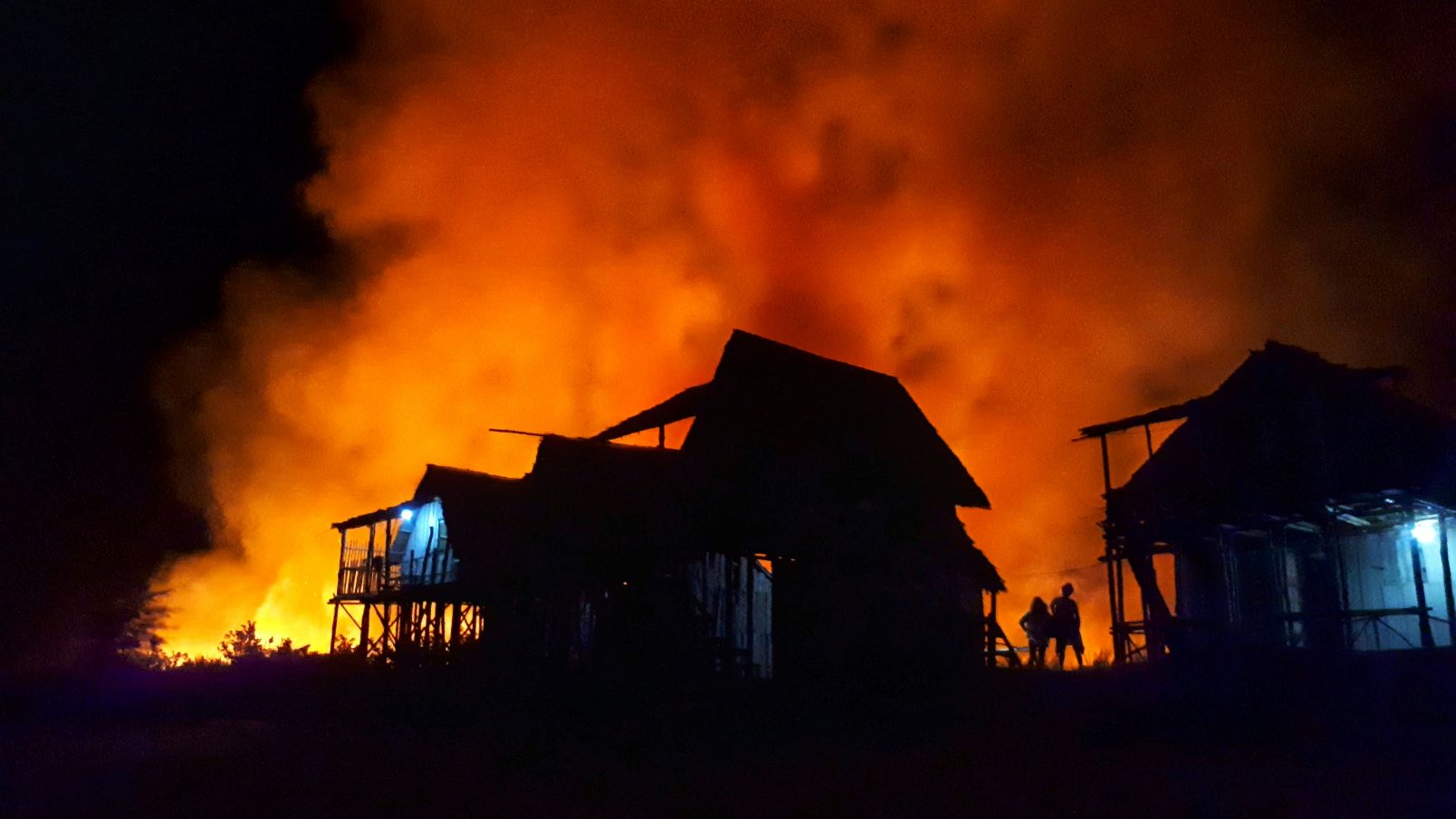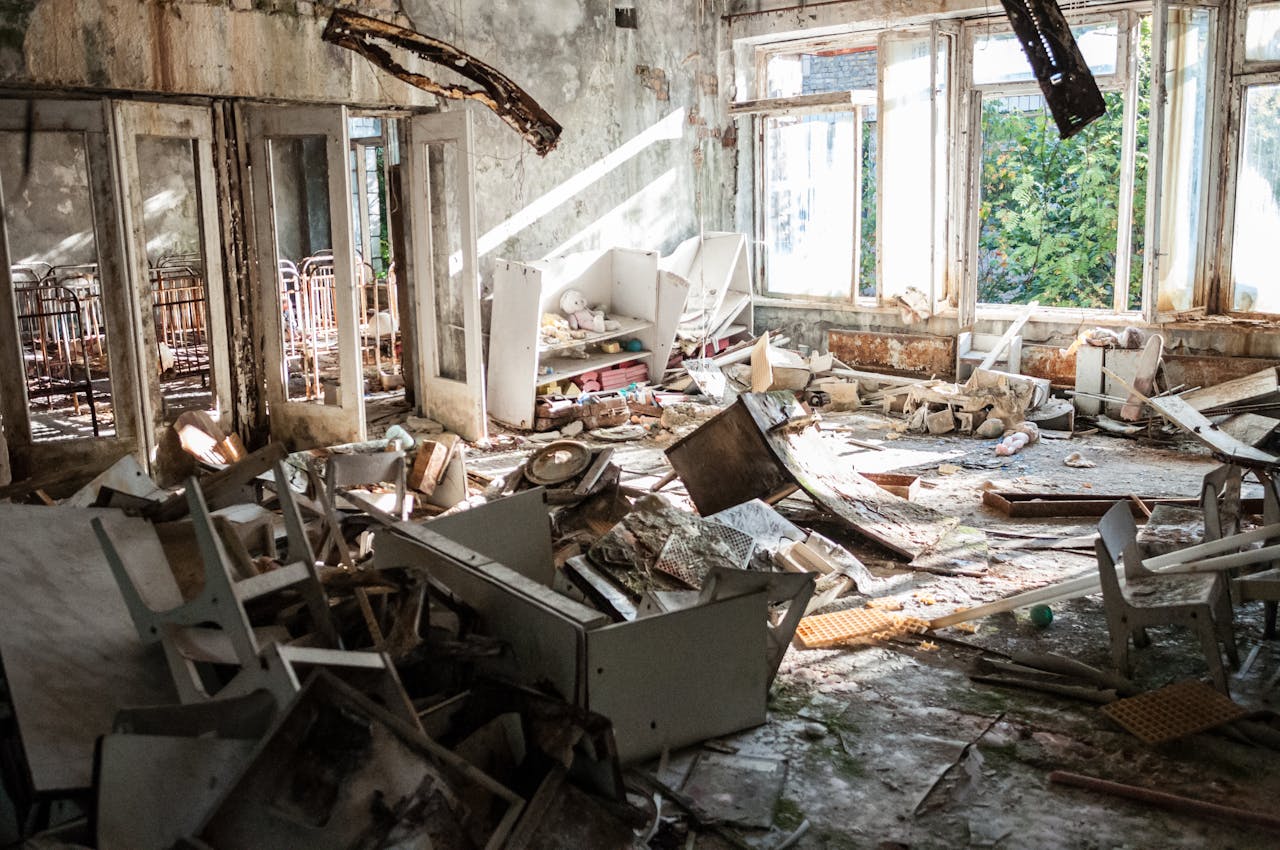Building Resilience Coalition Achieves Major Gains in Promoting Designing For Resilience




The Pacific Northwest Building Resilience Coalition has achieved significant gains in making “Resilience” a primary consideration in reducing greenhouse gas (GHG) emissions from the built environment while providing more robust structures to survive disasters and extreme weather events.
At the July 2024 Summit of the Pacific Northwest Economic Region (PNWER) in Whistler, B.C., resiliency emerged as a dominant theme across many topics.
PNWER Management has approved expanding the mandate of an existing Disaster Resilience Working Group to include Designing for Resilience. Willian Larson, Chair of the Building Resilience Coalition, has been appointed Co-Chair of the expanded Working Group.
Elevating the built environment to higher standards of robustness was formalized as a core element of the Working Group, which will expand opportunities for Coalition member associations to participate in its activities.
It was also agreed that several committees should be set up to encompass planning and prevention, design and construction, and risk management and finance.
Architects, Engineers, Constructors, Builders, Material Suppliers, Owners, Developers, and Research programs will be asked to join a Design and Construction Committee. In contrast, Insurance, Reinsurance, Research, Lenders, financial organizations, homeowners, and developers will join a Risk Management and Finance Committee.
Over the years, the Coalition has remained stalwart in its mission to educate owners, designers, lenders, insurers, legislators, and policymakers about the versatility of cement, concrete, relayed building products, and supporting industries such as the reinforcing steel industry as leaders in the quest for more resilient buildings and infrastructure.
The Building Resilience Coalition has been an active sponsor of PNWER.
On Tuesday, July 23rd, at the PNWER Summit in Whistler, BC, we presented our case during a 1.5-hour Designing for Resilience session.
A stellar panel of speakers presented examples of why systematic risk reduction programs and strategies can and must prevent catastrophic infrastructure failures and massive losses of homes and businesses due to wildfires, floods, tidal surges, or extreme temperatures.
The session opened with a brief introduction by Brandon Hardenbrook, Deputy Director and Chief Operating Officer of the Pacific Northwest Economic Region, confirming the expanded mandate of the current Disaster Resilience Working Group to include Designing for Resilience.
The first keynote speaker was Washington State Representative Cindy Ryu, who, in addition to her many accomplishments in the State legislature, is Chair of the Legislative Committee responsible for Emergency Management in Washington.
Representative Ryu outlined some of the most devastating disasters that have caused widespread damage to homes and businesses and also claimed many lives. She strongly supported the call for greater resiliency in public policymaking and stressed the need for new building codes and a stronger emphasis on designing for resiliency. “We need all hands on deck,” she said. and is looking forward to the expanded Working Group to provide insights and guidance for disaster risk reduction.
Representative Ryu is also the incoming President of PNWER, which offers a terrific opportunity to promote more robust performance-based codes, standards and specifications, procurement policies, and increased material efficiency in construction.
It will vastly increase the number of organizations and stakeholders engaged in developing and implementing disaster prevention policies and programs. He drew particular attention to the need for revised Building Codes to ensure that new construction and repairs to the built environment are more resilient to the challenges we are likely to face in the future.
She delivered a sobering picture of the economic and loss of life impacts of a succession of climate-related disasters, including wildfires and atmospheric rivers that led to massive flooding, followed by extended drought conditions that dried up rivers and unprecedented loss of aquatic life. These drought conditions and record elevated temperatures led to a devastating wildfire season in 2023 that destroyed over 11 thousand square miles of forest lands.
Wildfires caused the evacuation of over 50,000 people in the province, and more than 2100,000 were placed on evacuation alerts. Many people lost their homes, jobs, and capacity to recover from the devastation. Many of the properties lost were not insured.
She noted that the lessons learned have been translated into more emphasis on avoiding strategies to mitigate extreme weather events’ disastrous impacts. She emphasized the interconnectivity of climate-related disasters and past failures in forest management, which have left large areas of clear-cuts throughout the province. This, in turn, has led to severe erosion impacts and debris in our waterways, which has exacerbated flooding conditions.
She concluded her comments by noting that despite the progress made to mitigate the impacts of disasters, much more investment is required, and new partnerships are essential to meet future challenges.
Her presentations revealed dramatic changes in Washington regarding the frequency and diversity of weather-related disasters, which have eclipsed all previous records regarding fires, floods, temperature extremes, and economic impacts. She noted that state emergency preparedness for fires, floods, and probable earthquakes along the Cascade Subduction Zone ” keeps emergency preparedness officials awake at night.
Evan Reis, the co-founder of the U.S. Resiliency Council (USRC), delivered an inspiring presentation on building resilience’s role in providing environmental and economic sustainability.
A frequent speaker at PNWER events, Evan reinforced the Coalition’s message by using techniques that enable quantifying the environmental, social, and economic returns of resilient design and construction.
Citing the messages of the previous speakers, Evan noted that the frequency and severity of climate-related disasters have increased dramatically over the past twenty years, and 20 billion-dollar disasters??? Worldwide, are now commonplace. Just in the five PNWER States, he noted, the damage costs exceed 5 billion dollars per year.
Citing examples of major disasters elsewhere, he noted that the economic and social impacts are long-lasting and difficult to overcome. The environmental impacts, in particular, are impossible to deal with in the short term and likely will have multigenerational impacts.
This calls for a better understanding of the built environment’s resiliency dimensions, which the USRC is working to develop by creating an easy-to-comprehend resiliency index for buildings and other physical infrastructure. He emphasized that designing for resiliency means tougher building codes far beyond reducing disasters’ environmental impacts and protecting communities from excessive economic losses. Resiliency is good for business, he noted.
He outlined the USRC’s efforts to design metrics that will rate buildings on safety and damage prevention in the face of disasters, as well as how long it will take to recover and at what cost. This is vital to protecting insurability.
He concluded his presentation by encouraging PNWER, through the Disaster Resilience Working Group, to search for incentives to encourage businesses and governments to build more resilient buildings. Everyone will share the economic and social benefits of resiliency, he stated.
Evan Sluder, a Fire Research Scientist at the Institute for Business and Home Safety (IBHS), delivered the final presentation in this groundbreaking event. His sobering message showed how wildfires can reduce some structures to ashes and offered practical techniques for reducing such risks.
His research has shown there are controllable factors that communities can undertake to reduce the threats associated with wildfires. IBHS is currently working on a rating system for community resiliency that will consider all the factors contributing to the risk levels of communities and structures.
In summarizing the outcome of the Coalition’s successes at PNWER 2024, Coalition Chair Larson noted that PNWER is one of the most progressive and influential organizations that unite policymakers, legislators, and other stakeholders for a common cause.
Our support of PNWER offers Coalition member associations a promising gateway to achieving change. William Larson, Chair of the Building Resilience Coalition, will engage member associations and others as part of a multi-strategy to further the goals of resilience as the basis for a more sustainable future for all.
In the coming weeks, the video presentation from each of the panel members will be made available for Building Resilience Coalition readers and followers.
Recent Posts
Insurance Pricing: Navigating a New Era of Risk
The growing frequency and severity of climate-related disasters present a significant challenge for the insurance…
Designing for Resilience … It’s A Must
We see far too often structures built to current code that lack planning and design…
What are the Real Benefits of Designing for Resilience
While designing for resilience requires initial investments, the long-term payoffs often far outweigh these costs.…
Reducing Disaster Risks and Protecting Insurability in the Pacific Northwest
Proactive measures to enhance resilience and preparedness are critical to mitigating insurability risks. This will…
How to Achieve More Resilient Building Codes
More comprehensive disaster prevention perspectives are needed to enable communities better to withstand the increased…
Tariffs Detrimental to U.S. – Canada Relationship
The Pacific Northwest Economic Region (PNWER) has for decades recognized the critical importance of robust…


